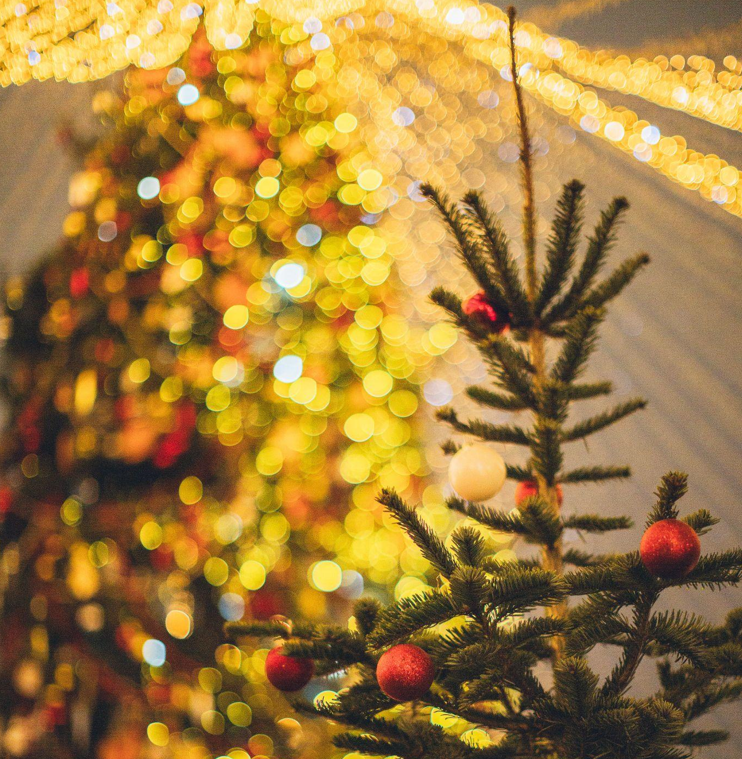
The History of 10-foot Artificial Christmas Trees: From Past to Present
The Evolution of the 10-foot Artificial Christmas Tree
Christmas trees have been a holiday staple for centuries, dating back to pagan traditions in Europe. However, in the 19th century, the Christmas tree gained popularity in the United States. The first artificial Christmas trees were made in the 1880s, but they were miniature tabletop versions made of feather and goose quills.
It was in the mid-20th century that artificial trees began to resemble the large, lush trees we see today. In the 1950s, aluminum trees became popular, but they lacked the warmth and charm of traditional trees. In the 1960s, manufacturers began making PVC-based trees, which allowed for more realistic-looking needles.
As the demand for more giant trees grew, so did the technology used to make them. Today’s 10-foot artificial Christmas trees are made with PVC needles, metal or plastic frames, and LED lights for energy efficiency. As a result, they are incredibly sturdy and can withstand years of use, allowing families to enjoy them for generations.
The Benefits of a 10-foot Artificial Christmas Tree
There are many reasons why a 10-foot artificial Christmas tree is a significant investment. For one, they are incredibly durable and can last for years, making them a more sustainable choice than traditional cut trees. They are also less messy since they don’t drop needles, or sap, or require water.
Another benefit of artificial trees is that they are available in a wide range of styles, so you can find one that perfectly suits your taste and decor. Plus, they are easy to set up and take down, which means less hassle during the busy holiday season.
The most significant advantage of a 10-foot artificial Christmas tree is that it can be used year after year, creating a beloved family tradition. Many families pass their trees down from generation to generation, adding meaningful ornaments and decorations along the way.
In addition to being a beautiful decoration, a 10-foot artificial Christmas tree can also be used for charitable causes. Many organizations collect used artificial trees and donate them to families in need, providing holiday cheer to those who might not otherwise be able to afford it.
In conclusion, while the technology used to make 10-foot artificial Christmas trees has evolved over the years, one thing remains constant: the joy and magic they bring home during the holiday season. Whether you choose a classic design or something more modern, a 10-foot artificial Christmas tree is a beautiful way to get the holiday spirit into your home.

